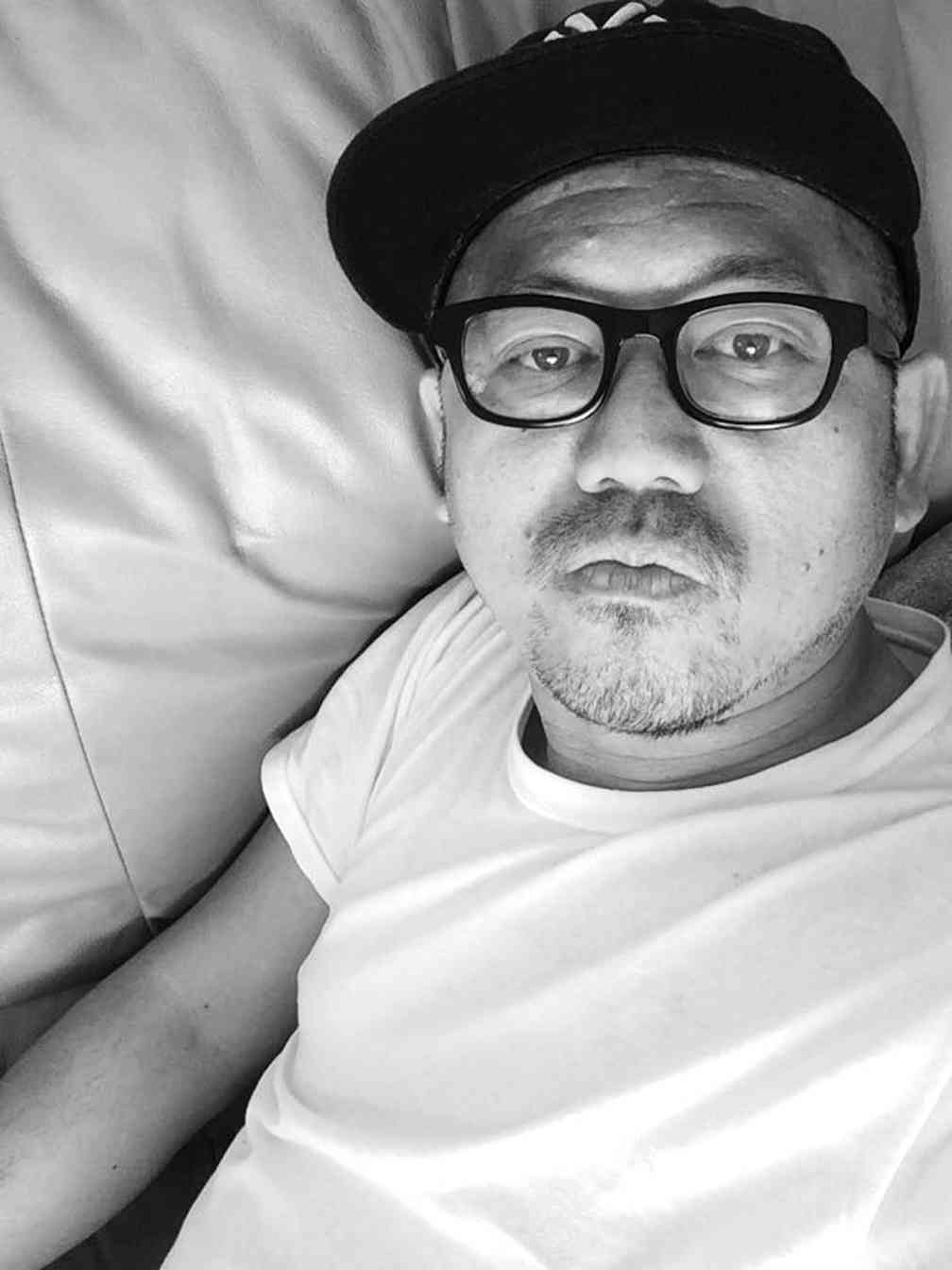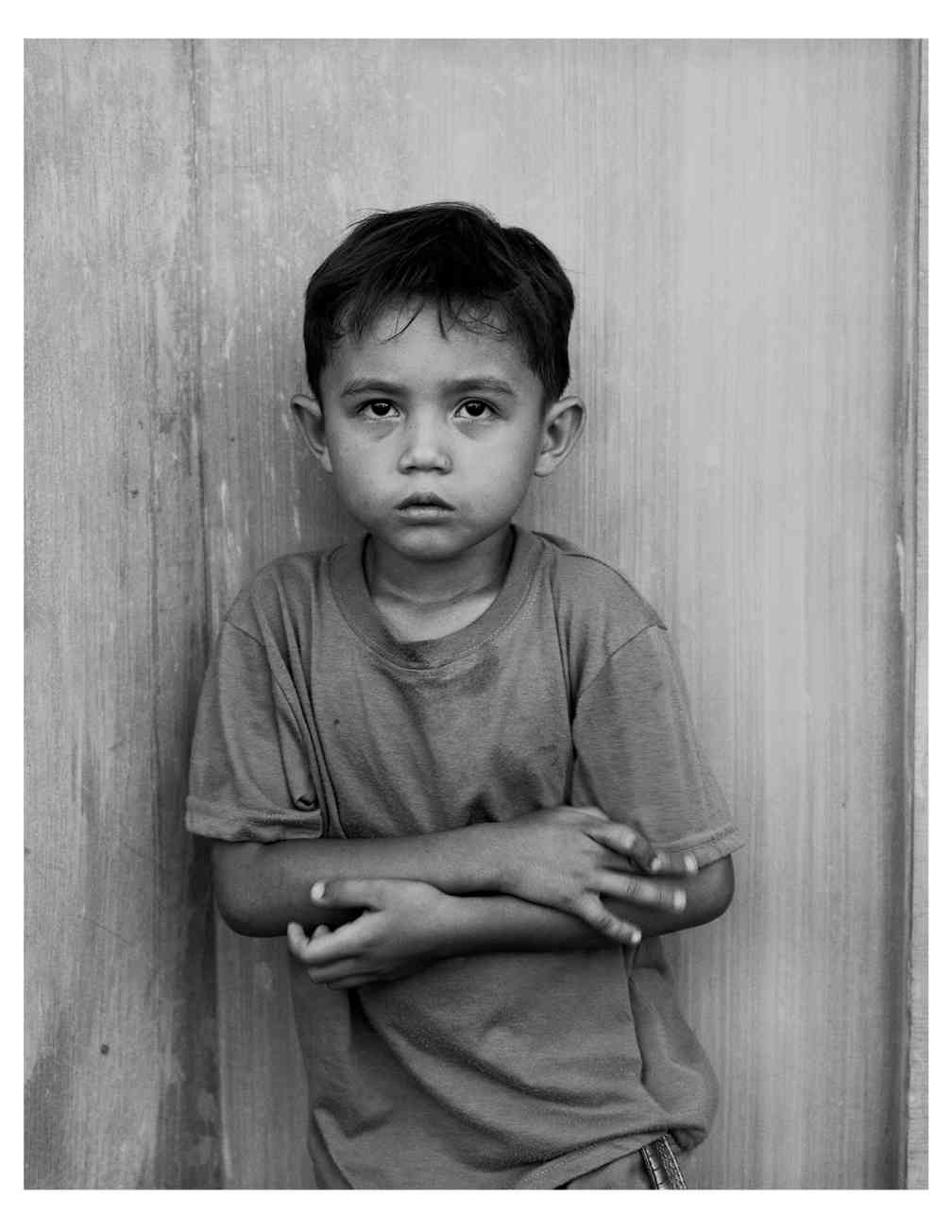‘Where is my father?’
As a boy growing up in Angeles City, Pampanga, known as the City of Angels, he played and had friends of different colors, also known as Amerasians.
Some of these kids became movie stars like Mary Jane Sta. Ana Guck popularly known as Jaclyn Jose and Delia Dueñas Smith or Pepsi Paloma. Majority do not have fathers; some families are multiracial.
Enrico Dungca, 47, grew up in Angeles City, Pampanga, where the Clark Air Base was once located. After graduating from high school in 1984, his parents brought the family to the United States to permanently reside there.
But in his mind, the images of the abandoned Amerasians remain.
Studying photography
Dungca’s father disapproved of his plan to study photography and suggested that he enroll in a course where he could pursue a career that would be financially rewarding.
Obeying his father, he took up and finished a degree in X-ray Technology.
But his passion for photography never ceased. He took up several short-term courses to augment his knowledge on it.
Fortunately, he was given a scholarship by Art Center College of Design in Pasadena, California, finishing bachelor of fine arts in photography with high honors.
“Photography started as a hobby when I was a young child in the Philippines. I was 10 years old when I received my first camera. I loved creating and making images and always wanted to become an artist,” he says. He is now based in New York City.
He believes that he and his cameras are instruments to show the beauty and ugliness of what is happening around us, by capturing their images.
“I believe God leads me to where I am now,” he says.
Dungca never stops taking photographs. He started his career photography in 1997 as a portrait, commercial and fashion photographer. He photographed some famous Hollywood actors and models.
But the glittering lights of fashion and commercial industries brought him down.
Mechanical
“It became mechanical after a while for the picture was not about the person anymore. It was about a character portrayed or about the garment worn. I took a break from commercial photography when I felt that my images were not holding up the essence of the person. So I photographed the ‘normal’ or average people. I photographed people who had social disadvantages, people full of fears and dirty secrets, including drug addicts,” he says.
Dungca went soul searching before coming up with the project.
He says, he was not a “documentary photographer” but there were times when he felt like an “empty box.”
“I was just clicking the camera and my pictures did not have any essence. The difficulties I’ve encountered as an image maker was to find my purpose in life. I prayed that someday I can make use of my passion and serve its purpose. I believe my prayers were answered,” he says.
He was on vacation in the Philippines in December 2013 when he realized the reality that the presence of Filipino-Americans in Angeles is still recognizable. This feeling of emptiness became his inspiration to document the lives of Filipino-Americans in his hometown and in Olongapo City.
The Filipino-Americans are wallowing in poverty. Many are now old and no longer hope to be reunited with their fathers. Thus, the project was conceptualized showing the different faces of Amerasians abandoned by their fathers.
Olongapo and Angeles cities in Pampanga had American Bases, the Subic Naval Base and the Clark Air Base which were shut down partly due to the eruption of Pinatubo in 1991 and the resistance of many civil groups on the presence of the American bases in the Philippines.
Finding their roots
Although there were a number of Fil-Ams who were petitioned by their fathers in the US upon knowing they had left sons or daughters, many applications are still pending in the US Embassy.
Some Fil-Ams who are luckier went to the US on their own trying to find their roots. In spite of this little successes, thousands are still left in the Philippines, hoping and hopelessness gripping them.
“Fil-Ams plea for help have been ignored by both the Philippine and US government, and a recent trip to my hometown of Angeles City inspired me to shine light on their plight—a project that’s so close to my heart for it hits both homes, the United States and the Philippines,” he explains.
Dungca started his project in March 2014 and returned to the US November that year. He will self-publish the book and it will be printed in the Philippines this year. He is also seeking the help of the Center for Kapampangan Studies of Holy Angel University for possible collaboration and sponsorship. Loida Nicolas Lewis, a well know Fil-Am philanthropist is helping.
“Just like many projects, funding is essential. I am grateful to be surrounded with family and friends who generously donated to my cause,” he says.
Fil-Ams neglected
“I, along with other Amerasian advocates in New York plan to have a meeting with a few members of Congress about the issue since 2014 but there’s no official word yet on when a House resolution will be presented.
Presenting an issue to the US Congress needs to be in the right time. We don’t want to file the appeal and the issue will sit on their desks and go unnoticed,” Dungca says.
In 1982, the US passed the Amerasian Act of 1982, a law that permits Amerasian children born in Laos, Kampuchea, Vietnam, Thailand and South Korea to enter the United States through preferential immigration treatment.
Though the Philippines and Japan were originally included in the act’s list of countries, they were deleted at the last minute. To date, it remains a mystery why Congress excluded the Philippines from it. It is only the US Congress that can find a resolution to the issue.
According to Dungca, the project is also in time with the tension between China’s claims to Spratly Islands that could bring back the military bases in the country. The US military exercises already began when the VFA (Visiting Forces Agreement) began on May 27, 1999.
“When there is military presence in the area, there will always be some ‘love’ interests with the local women. Should we allow a new generation of abandoned Amerasians be added to the statistics?” he asks.
Agent of change
Pictures speak a thousand words, and most of the time, people will look at images before reading a word. That’s human nature.
“If I show you a picture of a flower held by a man with his eyes closed, you may think that my subject is in a mort condition, or you may say that the flower is beautiful. If I showed you a picture of an abandoned child speaking of hopeless situation, you may start to wonder why his or her eyes scream danger, would you say that I built a story about the picture in your mind? Yes, every picture tells a story and it depends on the interpretation of the individuals,” he says.
Dungca exemplifies the history of world photography where images have influenced lawmakers, scholars, historians in changing social and political reform.
For example, during the Great Depression in the United States, a group of photographers were assigned to document the migrant workers in California. The works of the Farm Security Administration humanized the consequences—via Congress—of the migrants’ poverty-stricken living conditions when the works were published in a San Francisco newspaper. And in documenting the images of the Amerasians he thinks he could be an agent of change both in the political landscape and the lives of the abandoned Amerasians.
Evolution
Dungca says that being a photographer requires evolution in his or her imagery. He says that a photographer cannot be stagnant on his or her work. He says that the hardest part of being a photographer is to reinvent his vision. He says the industry is so saturated that one photographer is competing against thousands of other photographers. Many will work for a low rate and some will sell their souls just to succeed, which essentially destroys the market.
The downside of being a photographer is to be able to get out of the darkness. But often times, beautiful things are developed in the dark.
“My message to both governments, the Philippines and the United States concerning the issue is this: Please hear the voices of these abandoned people; not only abandoned by their American fathers but most of all by the United States. Many are calling for help and both governments need to socially accept and politically recognize these citizens,” he says.


